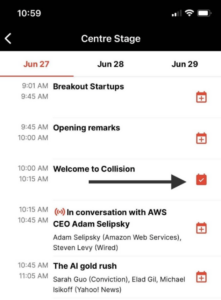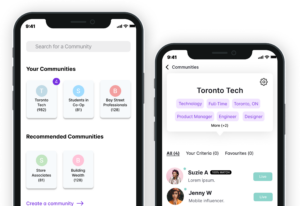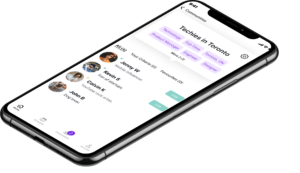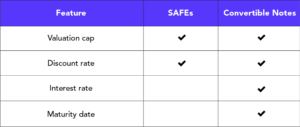When newkid joined DMZ’s ecosystem in May, they had a clear mission: to help Canadian startups develop their brand identity in a way that makes an immediate impact.
“After lots of success with startups from Silicon Valley, LA, and New York, it’s become more meaningful for us to contribute to tech from Canada,” says Matthew Donne, Founder and Creative Director at newkid. “We’re based in Toronto and want to work with communities making great things here, like DMZ, who are preparing startups to compete on the world stage.”
With their dynamic approach to storytelling and deep understanding of branding, newkid is an essential partner for DMZ founders who want to stand out in competitive markets. Here’s how they guide startups to build a strong brand identity, step by step.

1. The ‘newkid’ moment: Who are you?
The name ‘newkid’ comes from a feeling we all know too well – as the new person, full of excitement and nervousness, wondering: Am I going to be a nobody, or somebody?
For DMZ founders trying to make their mark, newkid helps them overcome these early-stage jitters by determining who they are as a young company. The first step is to capture their big ambitions in a simple, clear sentence. Because every brand needs to be memorable and easy to grasp – whether it’s for a potential investor, new customer or even their tech-inept mom.
2. Finding your purpose: Why are you here?
Knowing why your startup exists is just as important as the product you’re creating. Startups at DMZ can’t make progress without a purpose – and they need to have a clear understanding of the full scope of their target market, from investors and clients to customers and users.
newkid helps founders tell their story in a way that makes their audience immediately understand why they’re necessary, which involves thinking deeply about key customer questions. Who is their product for? And what problem are they solving?

3. Making visuals that stick: How do you look?
A strong brand is more than just a logo slapped on a website. Startups need to create a holistic visual identity that effectively communicates their story.
Everyone’s got a cousin who can make a cheap logo, but newkid challenges founders to dig deeper. Is your visual identity powerful enough to hold its own on a global stage? Is it legitimate enough for investors to take you seriously? newkid helps startups think through every visual element through a complete design system – including typefaces, colours, imagery, graphics and more.
“You lose a ton of credibility when your deck looks like PowerPoint template #1. Visual perception is really important and dictates so much of the response on the other side,” says Matthew. “This is often overlooked by startups in B2B situations, who think they can skimp out on visuals because it’s all about the product. But you can definitely lose longstanding clients over amateur visuals, when someone else outcompetes you with a sharp design system.”
newkid’s branding guidelines for American client, Commonplace
4. Defining your voice: How do you speak?
In today’s crowded market, startups are often tempted to take shortcuts by describing their product using artificial intelligence; or even copying the language and tone of other businesses in their sector. But newkid stresses the importance of developing your own unique voice and brand language that feels authentic to your business.
newkid’s team ensures that startups don’t fall into the trap of recycling generic phrases. With several seasoned copywriters on staff, they help founders create a language system tied directly to their brand – crafting the most impactful words and stories to clearly communicate their value to customers.
5. More than just digital: How do you act?
Finally, a brand isn’t just about words and images on a digital screen – it’s also about how you behave in the real world. newkid works with startups to ensure their brand is reflected in their actions, whether it’s the way their team interacts with customers or how they present themselves in meetings.
From company culture to events, every interaction is an extension of the brand. Does your office have a vibe that matches your brand? Do your sales calls reflect the same energy as your website? newkid helps startups define and align all these touchpoints, ensuring that every aspect of the brand feels cohesive and reinforces the company’s core identity.

newkid’s branding for Canadian clothing company, KOTN
The result: A unified brand that makes an impact
The journey for startups at DMZ can be challenging, especially when different team members and mentors bring varying ideas into the mix, leading to a brand identity crisis – a mismatch between words, visuals, and strategy. This lack of clarity can erode confidence and credibility, especially when founders try to pitch their idea or attract investors.
newkid’s approach is about avoiding these pitfalls. By working directly with founders, they create cohesive, powerful brands that speak with one voice and one vision – ensuring that startups are ready for the spotlight, whether it’s in Toronto or the global market.
“newkid is in the business of first impressions. We help startups be seen as put together and meaningful as a brand,” says Matthew. “People see so much more every day. Millions of things across different channels. So there’s less time for people to put all the pieces together. Which makes it more important than ever to be singular across all channels to appeal to investors.”
If you’re looking for new ways to unlock your brand’s potential, sign up for newkid’s 5-part hybrid workshop series with DMZ including the following sessions:
-
Part 1 – Who Are You? (Wedn, Nov 20 at 12pm EST)
-
Part 2 – Why Are You Here? (Wed, Dec 4 at 12pm EST)
-
Part 3 – How Do You Look? (Wed, Jan 15 at 12pm EST)
-
Part 4 – How Do You Speak? (Wed, Feb 19 at 12pm EST)
-
Part 5 – How Do You Act? (Wed, Feb 26 at 12pm EST)



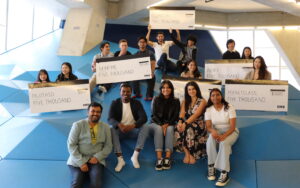
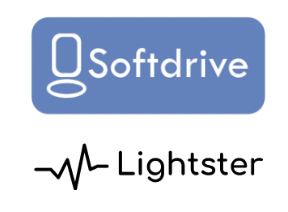
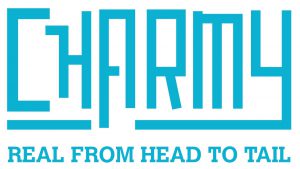

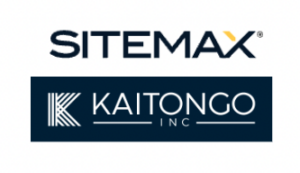 Sitemax
Sitemax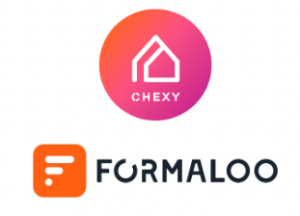 Chexy
Chexy


